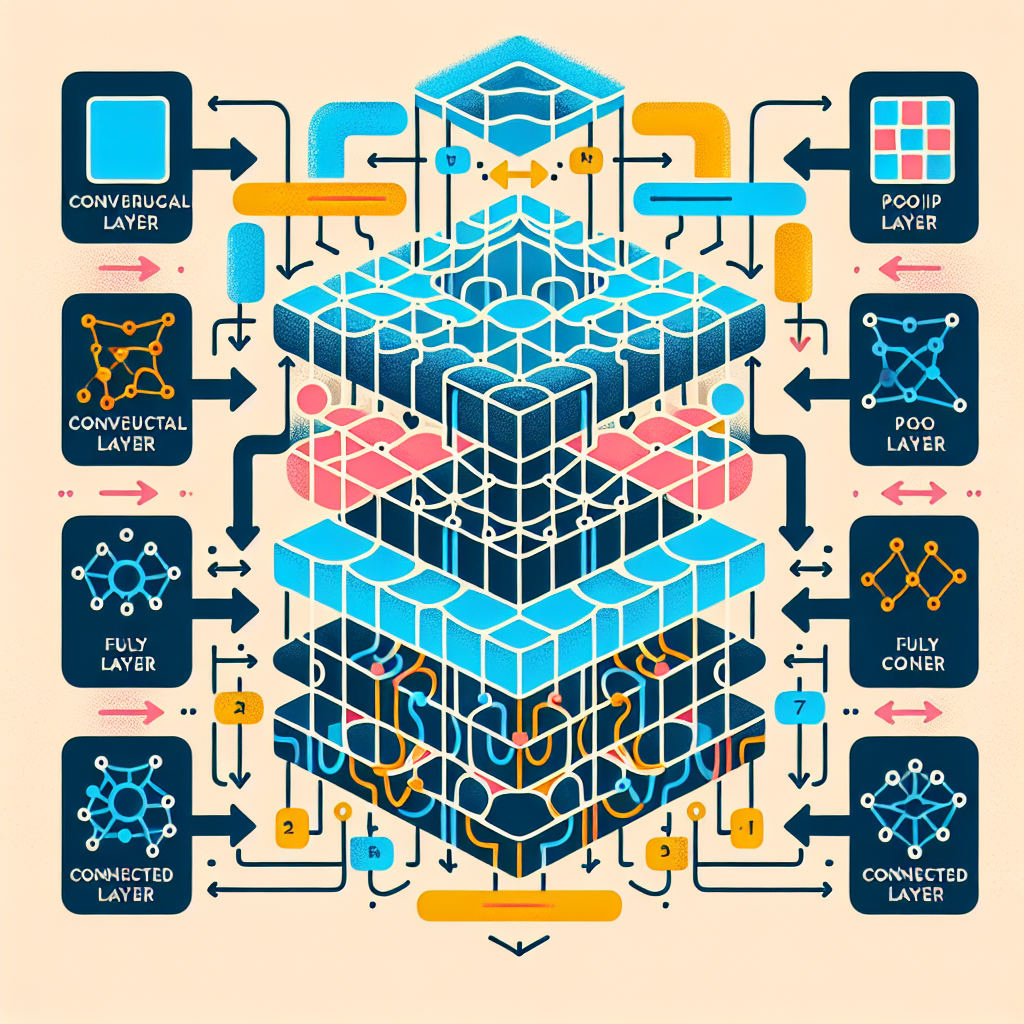
Convolutional Neural Networks (CNNs) have emerged as a powerful tool, particularly in the field of image processing. Their ability to automatically and adaptively learn spatial hierarchies of features from images has revolutionized how machines interpret visual data. This article delves into the architecture, functionality, and applications of CNNs, providing a comprehensive understanding of their significance in modern technology.
The Architecture of CNNs
At the core of CNNs lies a unique architecture designed to process data with a grid-like topology, such as images. The architecture typically consists of several key layers:
- Convolutional Layer: This layer applies a series of filters to the input image, creating feature maps that highlight various aspects of the image, such as edges and textures.
- Activation Function: After convolution, an activation function, commonly the Rectified Linear Unit (ReLU), is applied to introduce non-linearity into the model.
- Pooling Layer: This layer reduces the spatial dimensions of the feature maps, retaining only the most essential information. Max pooling is a popular technique used here.
- Fully Connected Layer: At the end of the network, fully connected layers interpret the features extracted by the convolutional and pooling layers to make predictions.
How CNNs Work
The operation of CNNs can be broken down into several steps:
- Input Layer: The process begins with an input layer that receives the raw pixel values of an image.
- Feature Extraction: As the image passes through the convolutional and pooling layers, the network extracts increasingly complex features. For instance, the first layer might detect edges, while deeper layers might recognize shapes or even specific objects.
- Classification: After feature extraction, the fully connected layers classify the image based on the learned features. The output is typically a probability distribution over various classes.
Applications of CNNs
CNNs have found applications across various domains, showcasing their versatility and effectiveness:
- Image Recognition: CNNs are widely used in image classification tasks, such as identifying objects in photographs. For example, the ImageNet competition has seen significant advancements due to CNN architectures.
- Medical Imaging: In healthcare, CNNs assist in diagnosing diseases by analyzing medical images like X-rays and MRIs. Studies have shown that CNNs can outperform human radiologists in certain diagnostic tasks.
- Autonomous Vehicles: CNNs play a crucial role in the perception systems of self-driving cars, enabling them to recognize pedestrians, traffic signs, and other vehicles.
- Facial Recognition: Companies like Facebook and Google utilize CNNs for facial recognition technology, enhancing user experience and security.
Challenges and Future Directions
Despite their success, CNNs face several challenges:
- Data Requirements: CNNs require large amounts of labeled data for training, which can be a barrier in some applications.
- Computational Resources: Training CNNs can be resource-intensive, necessitating powerful hardware and significant time.
- Overfitting: CNNs can overfit to training data, leading to poor generalization on unseen data. Techniques like dropout and data augmentation are often employed to mitigate this issue.
Conclusion
Convolutional Neural Networks have transformed the landscape of image processing and computer vision, enabling machines to interpret visual data with remarkable accuracy. Their unique architecture, which mimics the human visual system, allows for efficient feature extraction and classification. As technology continues to evolve, the potential applications of CNNs are vast, ranging from healthcare to autonomous vehicles. However, challenges such as data requirements and computational demands remain. Understanding CNNs is crucial for anyone looking to delve into the fields of artificial intelligence and machine learning, as they represent a cornerstone of modern technological advancements.
“`
